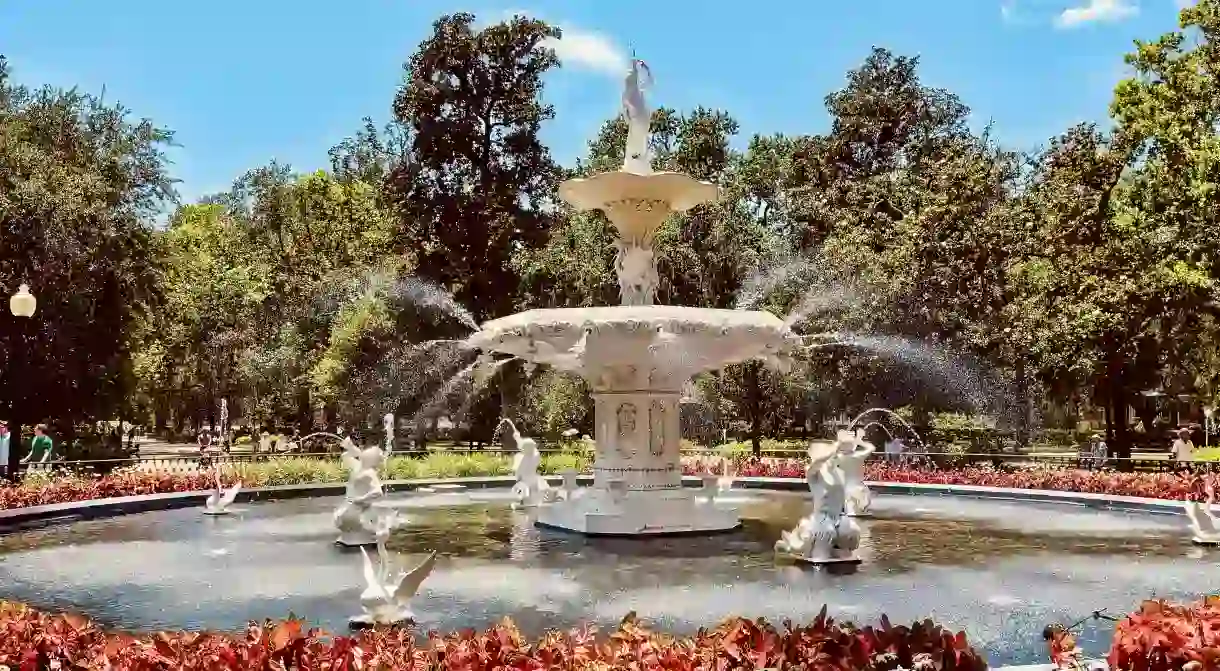Important Museums in Georgia You Should Visit

Nestled in the heart of the Caucasus region, Georgia stands as a country steeped in captivating culture, timeless traditions, and a storied history. For those seeking to delve into the very essence of this enchanting nation, a visit to its most important museums is an absolute must. These carefully curated institutions offer a fascinating glimpse into the turbulent past, vibrant customs, and unique way of living that define Georgia’s identity. Join us as we embark on a cultural odyssey, exploring the diverse facets of this extraordinary country through its captivating museums, where each display serves as a portal to unravel the intriguing stories and enduring legacy of Georgia.
Did you know – Culture Trip now does bookable, small-group trips? Pick from authentic, immersive Epic Trips, compact and action-packed Mini Trips and sparkling, expansive Sailing Trips.
Museum of Georgia in Tbilisi
The foundations of the Museum of Georgia began from the establishment of the Caucasus Department of the Russian Royal Geographic Society’s Museum on May 10, 1852. Today, the museum houses a unique selection of human and natural history, with animal fossils dating back 40 million years, and precious archaeological and ethnographic findings from the Neolithic, Paleolithic, Iron, Bronze, and Middle Ages.
One of the essential displays for you to see is the permanent exhibition of The Archaeological Treasury. The hall showcases the examples of the work by early Georgian goldsmiths discovered during the archeological expedition. There are jewels from three periods of Georgian goldwork.
Soviet Occupation Exhibition Hall in Tbilisi
The Soviet Occupation Museum, located in the Georgian History Museum, represents the Soviet rule of 70 years in Georgia, from 1921 till the collapse in 1991. You can see the personal files of “rebellious” Georgian public figures, plans to execute or exile them, along with other artifacts portraying Soviet-era social and political oppression in the country. In addition, the hall includes one of the train carriages in which the members of the national revolution of 1924 were executed.
National Gallery in Tbilisi
If you are an art enthusiast looking for masterpieces of Georgian painters, then National Gallery is for you. The building was built based on a decision from the Russian tsar in 1888 to create a Russian history and military museum to showcase the superiority of the Russian Empire in its territories.
Today, in its permanent collection, you can see the paintings of the 18th- and 19th-century Georgian artists including Niko Pirosmani, Lado Gudiashvili, David Kakabadze, and Iakob Nikoladze, the sculptor.
Sighnaghi Museum in Sighnaghi

The Sighnaghi Museum showcases the ethnographic collection of five thousand artifacts of textiles, copper, and wooden household items, agricultural tools, materials for winemaking, jewelry, and musical instruments to name a few. You also can view the abundant numismatic collection of about two thousand coins that includes not only local coins issued by Georgian monarchs, Erekle, Tamar, and Lasha-Giorgi, but also ancient Sasanid Persian ones.
The museum also showcases the temporary paintings of Niko Pirosmani on the second floor.
Dmanisi Museum-Reserve in Dmanisi
Dmanisi is a cultural center of the country, which rewrote human history and our understanding of human evolution. It was here that the oldest evidence of humans outside of Africa dating back 1.8 million years was found.
Covering both the ruins of a medieval city and the ancient archaeological site, visitors can have guided tours of the scenic fortress and ruins.
Vani Archeological Museum-Reserve in Vani
The museum, situated on a hill near Vani, presents the archeological materials found here. The exhibition comprises the period between 800 BCE and 100 CE, including the city of temples, most typical of Vani culture. Goldwork, architecture, bronze sculptures, and their pieces are shown at the permanent exhibition.
Svaneti Museum in Mestia
Svaneti Museum of History and Ethnography is in Mestia and showcases some of the most significant items of both Georgian and European history, including a rich array of Georgian manuscripts, and Orthodox icons made in a unique regional style.
Another unique component of the museum is its numismatic collection that presents the 5th-century Kolkhuri Tetri, an old Georgian form of money along with other coins issued by Georgian monarchs.
Additionally, the museum houses the culture collection of Byzantine, European, and Surian artworks.
Samtskhe-Javakheti Museum in Rabati Fortress
The rich array of the museum showcases the unique qualities of Samtskhe-Javakheti region. Here, you can see epigraphic and ethnographic materials, ancient manuscripts, and photographic documentation. There are more than 25,000 artifacts stored here, including the works of Georgian jewel-working techniques and woven carpets.
Dadiani Palace Museum in Zugdidi

Besides those items, the museum has a splendid library with includes books from Napoleon’s private collection, furniture designed in French and Russian styles, personal gifts to Dadiani family from British, Russian, and other nobility.
Other significant artifacts of both Georgian and European culture can be found in Dadiani Palace in Zugdidi, Samegrelo region. The museum is home to more than 45, 000 items, some of which were the collection of the Dadiani family.
One of the most significant items you can see here is the Napoleon Bonaparte’s death mask, and the garment believed to be worn by the Virgin Mary. The mask came to Georgia via Salome Diadiani Murat, who was a wife of Napoleon’s nephew, Achille.
As for the garment, no one knows how it ended up in Georgia, and there are different stories and theories around it. Every August, the clothing is shown to the public; other times it’s stored in a place not accessible by visitors.













